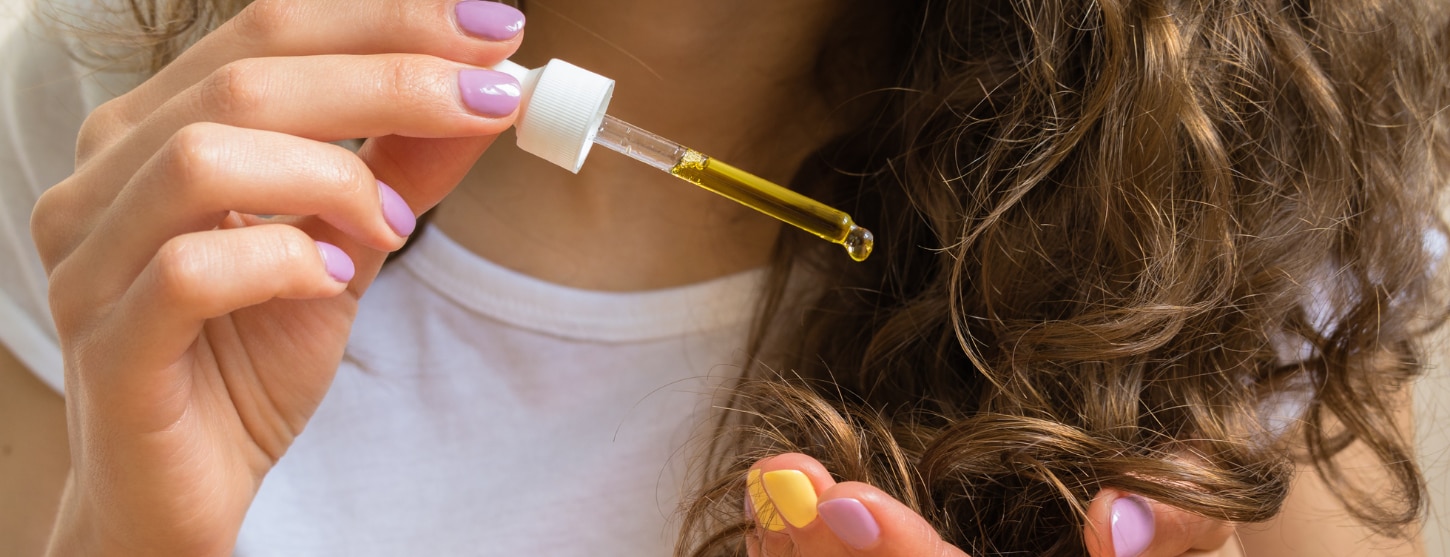15% off €25
Code:SPEND
Common skin conditions and how to treat them

Your skin condition could be caused by an allergy, infection or medication. Here's an overview of the most common skin conditions and how to ease them.
If you have an irritated or inflamed area of skin, you’ve probably got a skin condition. It could be caused by an allergy, infection or the medication you’re taking. It might appear suddenly or take a while to develop. We all get itchy skin from time to time and it can be handy to know what type of condition you have so you can figure out whether you can treat it yourself over the counter or need to book an appointment with your doctor. In this article, we’ve highlighted some of the most common skin conditions and how they should be treated.
Most people suffer from acne at some point in their lives. Hormonal changes can cause your skin cells to produce more sebum (oil) which blocks your pores and causes breakouts of spots, blackheads and whiteheads. Acne is normally more prevalent on your face, neck, shoulders, chest and back but you can get it in other areas too. If your acne is mild to moderate, you should be able to treat it with acne cream or gel, but if it is severe then you are best booking an appointment with your doctor as they’ll be able to prescribe tablets and antibiotics.
- Athletes foot
- Cold sores
- Contact dermatitis
- Eczema
- Urticaria
- Warts
- Dry Skin
- Heat Rashes
- Folliculitis
- Lichen planus
- Psoriasis
- Dandruff



